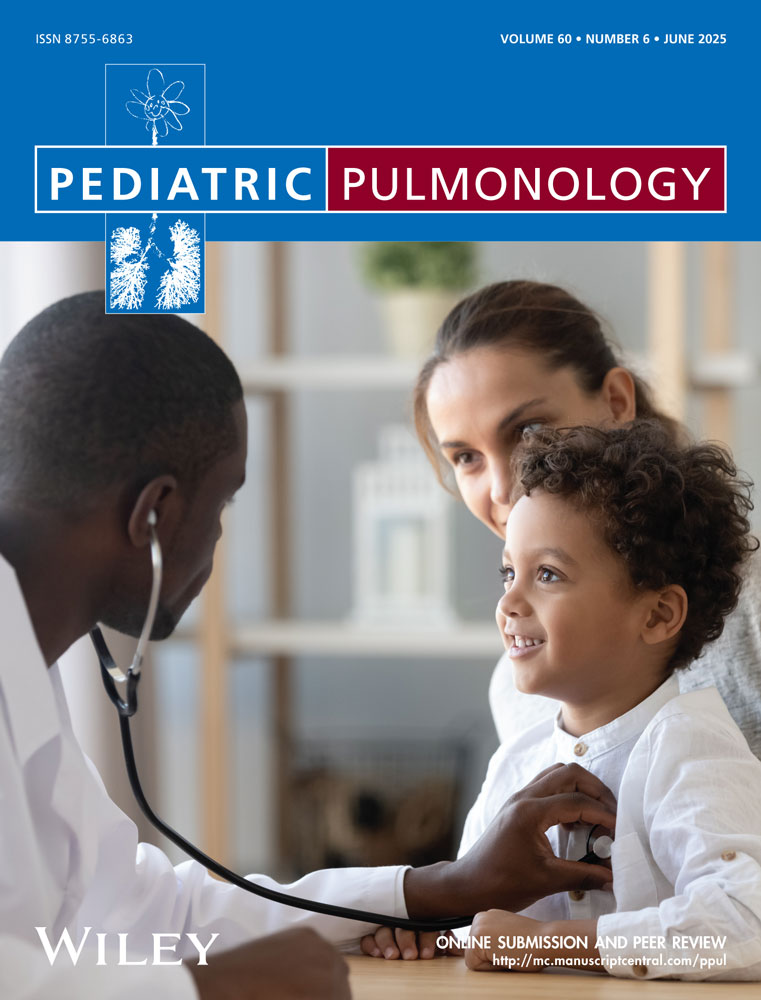Impact of Home Oxygen Therapy for Bronchopulmonary Dysplasia on Families With Neonates: A Survey Conducted in Japan
ABSTRACT
Introduction
Bronchopulmonary dysplasia (BPD) often necessitates home oxygen therapy (HOT) in children. Although HOT facilitates early hospital discharge and provides security, its impact on families remains unclear. This study examined family experiences with HOT to identify challenges and strategies for enhanced implementation.
Methods
A web-based survey was conducted with 113 families of children with BPD who used HOT within the past 3 years. Questions included the preparation for HOT, postdischarge challenges, and home monitoring devices.
Results
HOT enabled early discharge; however, 42% families felt anxious upon leaving the hospital. Postdischarge life was harder than expected for 72% families, with mobility (82%) and equipment handling (82%) being major concerns. Coordination with home nursing services (55%) was helpful, whereas trial home stays (17%) and home visits (17%) were less commonly cited as beneficial. Home monitoring devices, used by 92% families, led to false alarms (75%). Despite such challenges, 99% considered it vital. A total of 26% adjusted oxygen flow independently, raising safety concerns.
Discussion
The findings highlight the need for improved predischarge education, enhanced outpatient support, and technological advancements. Comprehensive preparation programs, improved home monitoring accuracy, and increased social awareness are essential to optimize HOT management and improve family quality of life.
Conflicts of Interest
The authors declare no conflicts of interest.
Open Research
Data Availability Statement
The data that support the findings of this study are available on request from the corresponding author. The data are not publicly available due to privacy or ethical restrictions.




